Eternity in Thor: Love and Thunder plays quite a significant role and is pretty mysterious. At first, I was confused about whether it was a who or a what, and now it seems like it could be both, but we don’t really know.
There’s also the majestic Gates of Eternity, the place that Gorr remained obsessed with throughout the movie, for obvious reasons. All of these concepts are actually related to Norse mythology, the root of our protagonist.
Eternity in the MCU is a cosmic, all-powerful entity that can grant a wish to anyone who reaches them first. In the comics, it is one of the most powerful entities in the universe but only manifests when the universe is in danger.
Here’s a detailed explanation with all the essential information you need to know about Eternity and the Gates of Eternity. I promise this won’t become a mini crash course on Norse mythology!
So, if you were wondering what the deal with Eternity is, continue reading.
What is Eternity in Thor: Love and Thunder?
Eternity in Thor: Love and Thunder is a mysterious or cosmic entity that can grant any wish to anyone who reaches them first. It exists in the center of the universe and is one of the most powerful entities in the MCU.
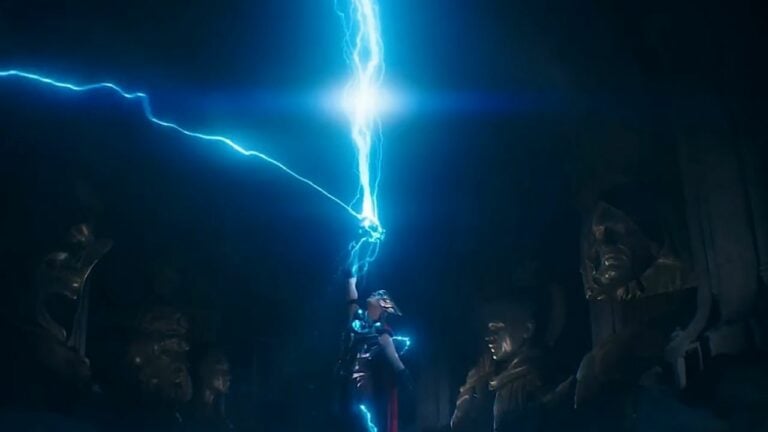
Gorr the God Butcher reaches them first. Initially, he wanted to wish for the death of all Gods but thanks to Thor, he had a change of heart. Finally, Gorr simply asked for his daughter to be resurrected, even though he knew he would die shortly after that. Eternity is able to grant his wish since he reached them first, and the girl is resurrected.
In the comics too, Eternity is an abstract all-powerful entity, but there are some differences between the Eternity in Love and Thunder and the original one from the Marvel comics.
In the Marvel comics, Eternity only manifests itself when the universe is in danger of an apocalyptic or catastrophic event. It is the personification of time, right behind the Living Tribunal, the personification of multiversal law.
It is not clear whether Eternity has the powers to alter time, space, matter, and energy in the MCU, considering the main focus of their abilities in Love and Thunder was the ability to grant wishes. But in the comics, there is little that Eternity is not capable of.
The idea of granting a wish to someone who reaches them first is a new idea introduced by the MCU and does not exist in the comics.
What are the Gates of Eternity?
The Gates of Eternity is a magical place with watery grounds where one has to reach first to make a wish for Eternity to grant it. In Love and Thunder, it is where the climax takes place.

Gorr reaches the Gates of Eternity to ask for his one wish to be fulfilled. Initially, he wants to ask for a god-less world, but Thor manages to change his mind. In the film, the Gates of Eternity also had the statues of various other entities, including the Living Tribunal, Infinity, and Death.
The bifrost or the interdimensional bridge that allows traveling between worlds is the key to entering Eternity. It is through the bifrost that Gorr is able to travel to Eternity, after which Thor and Mighty Thor also follow.
About Thor: Love and Thunder
Thor: Love and Thunder is a MCU movie and the fourth installation in the Thor series. It is directed by Ragnarok’s director, Taika Waititi, and will show Chris Hemsworth and Natalie Portman reprising their roles as Thor Odinson and Dr. Jane Foster.
The movie will be based on The Mighty Thor comics in which Thor Odinson loses the ability to lift Mjolnir, and Jane Foster takes on the role of Mighty Thor. After the events of Avengers: Endgame, Thor teams up with The Guardians of the Galaxy for a short time, leaving Valkyrie as the ruler of New Asgard. But Thor returns to team up with Korg, Valkyrie and Jane’s Mighty Thor to take down Gorr the God Butcher (Christian Bale) – before he takes out all the gods in existence.
Chris Hemsworth and Tessa Thompson return for Watiti’s second go, while Russell Crowe and Natalie Portaman join Taika’s project for the first time. The movie is out on July 8, 2022.
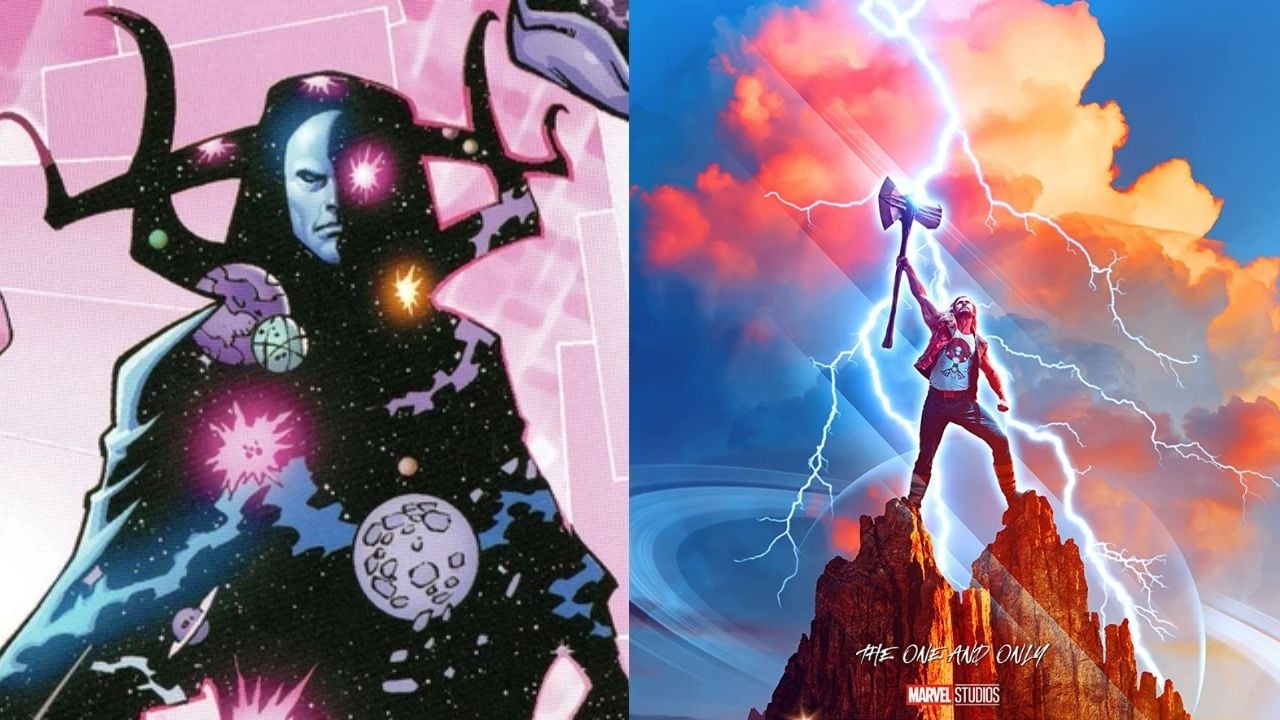
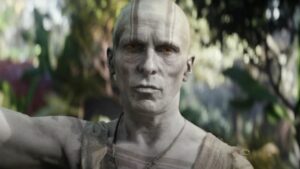
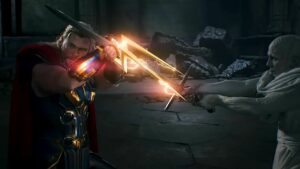
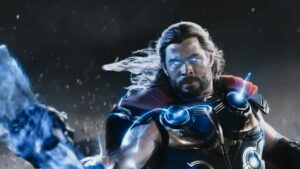



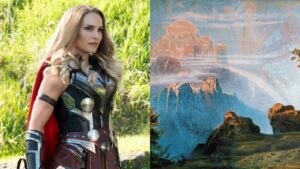
No Comments on Eternity and Gates of Eternity in Thor: Love and Thunder Explained